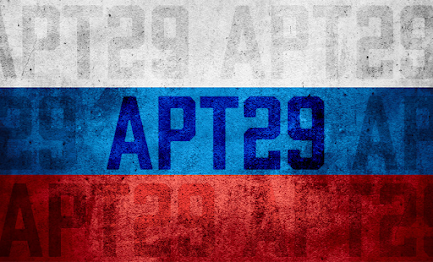KelvinSecurity Hacker Group: A Notorious Data Seller

Introduction KelvinSecurity hacker group is likely a Russian-based hacker organization, also having a significant presence deep and Dark Web forums that are frequented by all types of hackers and cybercriminals. It is a notorious data seller that offers valuable information to its customers, along with the unauthorized access to cybercriminals within various systems to let them exploit their vulnerabilities. This group is popular for selling initial access to the cybercriminals and attacked many organizations like Vodafone (Italy), Drakorindo, etc. Recently, it has targeted the German Institute of Global and Area Studies (GIGA), situated in Hamburg. GIGA conducts interdisciplinary research on political, economic, and social developments in Asia, Africa, Latin America, and Middle East. KelvinSecurity stole a total of 1GB of its data containing confidential information about the organization's employees and staff. The hacker group shared a post on Dark Web claiming that the stole








